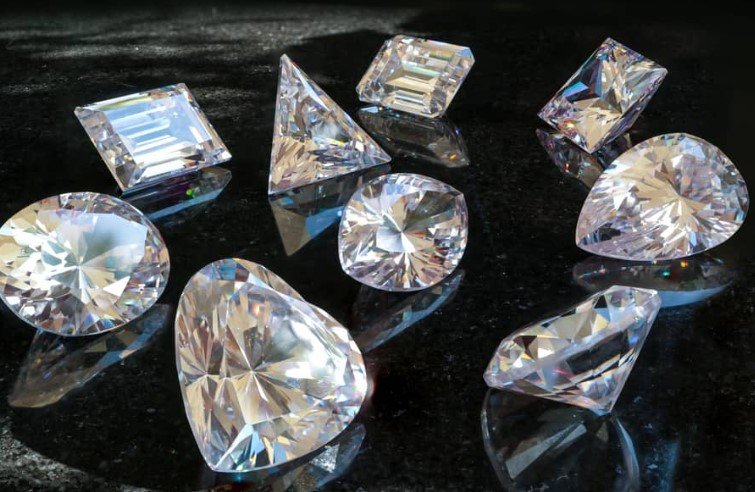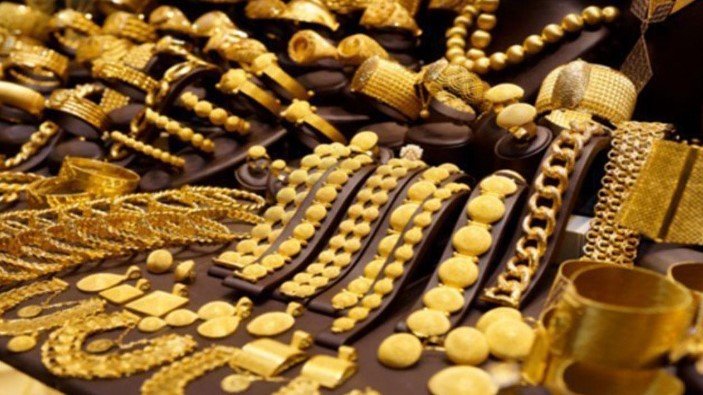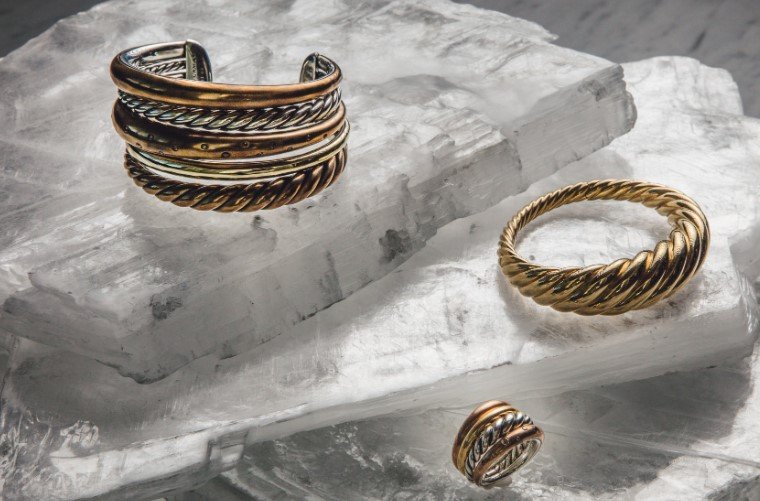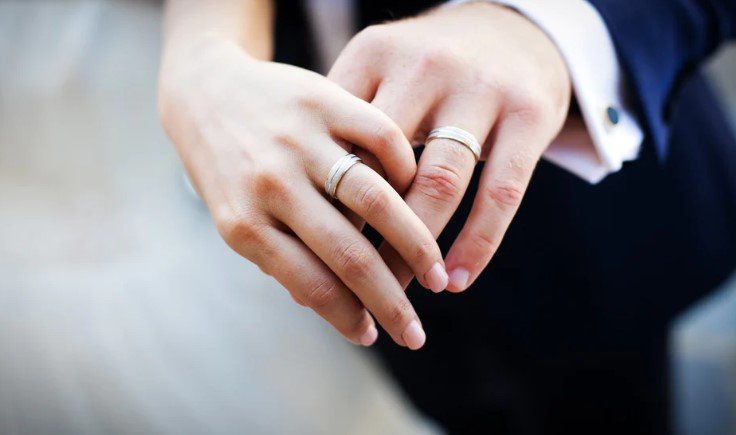With their remarkable sparkle and enduring beauty, diamonds have captivated humanity for centuries. In this informative blog post, you will discover the unique characteristics that make diamonds so prized and valuable in the world of gemstones. From their rarity and durability to their symbolism of eternal love and commitment, you will gain a deeper understanding of why diamonds hold such a coveted place in our hearts and jewelry collections. So, let’s research into the fascinating world of diamonds and uncover the secrets behind their timeless allure.
Key Takeaways:
- Scarcity: Diamonds are rare and their scarcity contributes to their high value in the market.
- Quality: The quality of a diamond is determined by factors like cut, clarity, color, and carat weight, which all influence its value.
- Perception: Society’s perception of diamonds as a symbol of love, commitment, and luxury further adds to their value.
- Marketing: Strategic marketing by diamond companies has shaped the demand and created an aura of exclusivity around them.
- Industrial Uses: Diamonds are not only valuable as gemstones, but they also have numerous industrial applications, adding to their overall worth.

The Formation of Diamonds
Geological Process
To understand the value of diamonds, it is important to know how they are formed deep within the Earth. Diamonds are created under immense pressure and high temperatures in the Earth’s mantle. Carbon atoms are arranged in a specific crystal structure, resulting in the formation of diamonds over millions of years. The process involves volcanic activity that brings diamonds closer to the Earth’s surface through volcanic pipes called kimberlite or lamproite.
Mining Techniques
One of the key factors that contribute to the high value of diamonds is the complex and meticulous mining techniques involved in extracting them from the Earth. Mining for diamonds can be a challenging process as they are often found deep underground or offshore. Techniques such as open-pit mining, underground mining, and alluvial mining are used to extract diamonds from the Earth’s crust. These methods require expertise and advanced technology to ensure the diamonds are extracted efficiently and without damage.
Diamonds are often mined in some of the most remote and harsh environments around the world, making the mining process even more challenging. This adds to the exclusivity and rarity of diamonds, making them highly valuable and sought after in the market.
The Four Cs of Diamonds
Even if you’re new to the world of diamonds, you’ve likely heard about the Four Cs. These are the four main factors that determine the value of a diamond: Carat, Cut, Clarity, and Color. Each “C” plays a crucial role in assessing a diamond’s quality and overall worth.
Carat
For many people, carat is the first thing that comes to mind when they think about a diamond. Carat refers to the weight of the diamond, with one carat equal to 200 milligrams. The size of a diamond is often associated with its carat weight, but it’s imperative to remember that carat is just one of the Four Cs that determine a diamond’s value.
Cut
One of the most important aspects of a diamond’s beauty is its cut. The cut of a diamond refers to its proportions, symmetry, and polish. A well-cut diamond will reflect light beautifully, giving it that famous sparkle and brilliance that diamonds are known for. The cut is what brings out the best in a diamond, making it shine and sparkle like no other gemstone.
Clarity
Four If diamonds were perfect, they would be flawless. However, in reality, most diamonds have imperfections known as inclusions. Clarity refers to the presence of these inclusions and blemishes in a diamond. The fewer and smaller the inclusions, the higher the clarity grade of the diamond. Clarity is crucial because it affects the diamond’s brilliance and value.
Color
This final C, color, refers to how colorless a diamond is. The most valuable diamonds are those that are completely colorless, allowing light to pass effortlessly through the stone, creating a beautiful sparkle. Diamonds are graded on a color scale from D (colorless) to Z (light yellow or brown). The closer a diamond is to being colorless, the higher its value. With each of the Four Cs playing a significant role in determining the quality and value of a diamond, it’s important to consider all factors when shopping for that perfect stone. Whether you prioritize size, brilliance, or color, understanding the Four Cs will help you make an informed decision when selecting a diamond that suits your preferences and budget.
The Diamond Market
Diamond Pricing
To understand the value of diamonds, you must first grasp the intricacies of diamond pricing. The price of a diamond is determined by the 4 Cs – carat weight, cut, color, and clarity. Carat weight is the most straightforward factor, as the price of a diamond increases with the size of the stone. Cut refers to the craftsmanship of the diamond’s facets, which impacts its brilliance and beauty. Color and clarity also play crucial roles in pricing, as the presence of any inclusions or a yellowish tint can significantly lower the value of the diamond.
Factors Affecting Diamond Value
On the journey to understanding the value of diamonds, it’s crucial to explore the various factors that can affect a diamond’s worth. Beyond the 4 Cs, other factors such as market demand, diamond shape, fluorescence, and certification can influence the value of a diamond. Market demand for certain diamond shapes or sizes can drive prices up, while a high-quality certification from a reputable gemological institute can add to the diamond’s value.
- Market demand for certain diamond shapes or sizes can affect pricing.
- Certification from reputable gemological institutes can increase a diamond’s value.
Recognizing the nuances of diamond pricing and the factors that influence diamond value can empower you to make informed decisions when buying or selling diamonds. With this knowledge, you can confidently assess the worth of a diamond based on its characteristics and market trends, ensuring that you get the best value for your investment.
Diamond Certification
For those looking to purchase a diamond, one crucial aspect to consider is diamond certification. A certified diamond has been evaluated by an independent gemological laboratory and graded based on the 4 Cs. This certification not only provides a detailed analysis of the diamond’s quality but also assures you of its authenticity and value. When shopping for diamonds, always look for stones that come with a reputable certification to ensure that you are getting a high-quality and valuable diamond.
- Look for diamonds with certifications from well-known gemological laboratories
- A certified diamond ensures authenticity and quality
Final Words
As a reminder, diamonds possess a rare combination of characteristics that contribute to their high value. Their natural beauty, durability, scarcity, and symbolism have made them a sought-after gemstone for centuries. Your understanding of these factors can help you appreciate why diamonds hold such a special place in the world of jewelry and luxury.
Next time you admire a sparkling diamond, remember the journey it has taken to reach your hands and the extraordinary qualities that make it so valuable. Whether you are considering purchasing a diamond for yourself or a loved one, knowing the factors that determine its worth can help you make an informed decision and truly cherish the beauty and significance of this precious gemstone.
FAQ
Q: Why are diamonds so valuable?
A: Diamonds are valuable due to their rarity, durability, and beauty. They are one of the hardest substances on Earth, which makes them highly sought after for use in jewelry and industrial applications.
Q: How are diamonds formed?
A: Diamonds are formed deep within the Earth’s mantle under high pressure and temperature conditions. They are then brought to the surface through volcanic eruptions in a type of rock called kimberlite.
Q: What factors determine the value of a diamond?
A: The value of a diamond is determined by the 4 Cs – carat weight, cut, color, and clarity. These factors, along with the diamond’s shape and overall quality, play a crucial role in determining its value.
Q: Are all diamonds considered valuable?
A: Not all diamonds are considered valuable. The value of a diamond depends on its quality and characteristics. Diamonds with poor clarity, color, and cut may have lower value compared to high-quality diamonds.
Q: Can the value of a diamond increase over time?
A: Yes, the value of a diamond can increase over time due to various factors such as rarity, demand, and market trends. High-quality diamonds with unique characteristics may appreciate in value over the years.















